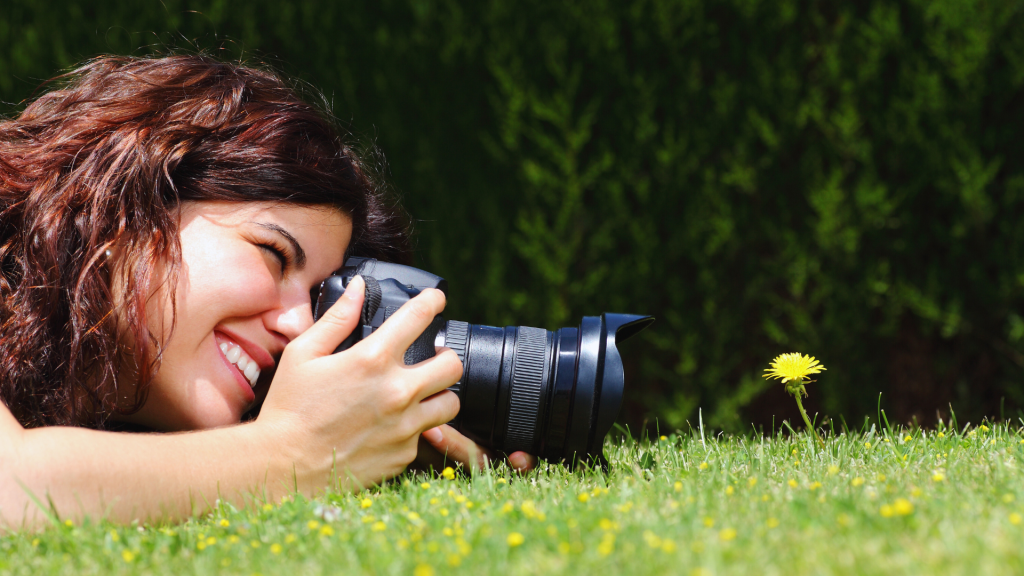Improving photography composition can transform an average shot into a captivating image that tells a story. Mastering composition techniques not only enhances visual appeal but also helps photographers convey their intended message more effectively. By exploring fresh approaches and proven methods, anyone can elevate their photographic skills and create powerful images.
There are various ways to enhance composition, from applying the rule of thirds to experimenting with leading lines and framing. New techniques, such as using negative space or breaking conventional rules, can also provide unique perspectives and stimulate creativity. As photographers become familiar with these strategies, they will discover their own style and artistic voice.
Understanding Composition Basics
Effective photography composition is essential for creating visually appealing images. Key principles guide photographers in arranging elements within the frame to enhance storytelling and visual interest.
The Rule of Thirds and Balance
The Rule of Thirds divides the frame into a 3×3 grid, encouraging the placement of important elements along these lines or at their intersections. This approach creates tension and interest, leading the viewer’s eye throughout the image.
Balance refers to the distribution of visual weight within a photograph. Achieving balance can involve placing a focal point off-center while using other elements to counterbalance it. Symmetry can also create harmony, but asymmetrical balance often leads to dynamic compositions, making the image more engaging.
Depth and Perspective
Creating depth in a photograph adds dimension, enhancing the viewer’s experience. Photographers can achieve this by including foreground, middle ground, and background elements, which help to guide the viewer’s eye through the scene.
Perspective is equally important. It alters how viewers perceive the scale and relationship of objects. Experimenting with different angles, such as low or high viewpoints, can create dramatic effects and lead to fresh interpretations of subjects.
Focus and Framing Techniques
Focus determines what stands out in an image, drawing attention to the intended subject. Photographers can use depth of field to blur backgrounds or foregrounds, emphasizing the focal point. It’s crucial to control what remains sharp or soft to direct the viewer’s gaze.
Framing techniques enhance composition by using natural elements to frame the subject. This technique can create layers within the image, adding interest and depth. Cropping also plays a role; it can eliminate distractions and fill the frame with essential details, thus enhancing the overall impact of the photograph.
Elements of Visual Storytelling
Visual storytelling in photography involves using various compositional techniques to convey emotions and narratives. Effective use of patterns, texture, and lines can significantly enhance the impact of a photograph.
Using Patterns and Texture
Patterns add visual interest and can guide the viewer’s eye through an image. They create rhythm, offering a sense of harmony or tension, depending on their arrangement.
Texture is equally important. It can convey depth and dimensionality, making images feel more tangible. Photographers can emphasize texture by adjusting lighting or using close-up shots.
Incorporating negative space can accentuate patterns and textures. It allows the subject to breathe, giving room for interpretation. Utilizing symmetry in patterns can create a balanced composition, drawing the viewer’s attention more effectively.
Examples include using repeating elements, like tiles or foliage, to establish a cohesive visual language.
Incorporating Leading Lines and Diagonal Lines
Leading lines naturally draw the viewer’s eye toward the subject, creating a pathway within the image. These lines can be roads, rivers, or architectural features. They add depth and perspective, enhancing the storytelling aspect.
Diagonal lines introduce dynamism into a composition. They create movement and energy, making the photograph more engaging. A diagonal line can suggest action or lead to a specific focal point.
Both types of lines work well with negative space. For instance, a leading line could direct attention to a subject set against a minimal background. Using both lines effectively can transform a standard shot into a compelling visual narrative.
Photography Genres and Composition
Different photography genres require distinct compositional techniques to effectively convey their essence. Understanding these nuances can greatly enhance the visual impact of the images.
Landscape Photography Composition
In landscape photography, the goal is to capture the beauty of nature. Key techniques to consider include the rule of thirds, which helps to create balance by placing points of interest off-center.
Using foreground elements can add depth and context. Features such as leading lines, including paths or rivers, guide the viewer’s eye towards the horizon.
Another technique is to pay attention to the light. The golden hour, just after sunrise or before sunset, provides soft illumination that enhances textures and colors.
The composition can also benefit from a variety of perspectives. High vantage points or low angles can create unique interpretations of familiar landscapes.
Portrait Photography Composition
When it comes to portrait photography, composition plays a crucial role in conveying emotion and personality. The framing of the subject is vital; using natural elements or props can add context and interest.
Environmental portraits place individuals in their surroundings to tell a story about them. This approach complements the subject’s features with relevant backgrounds.
Another important aspect is the gaze of the subject. Direct eye contact with the camera can create an emotional connection, while looking away can suggest introspection.
Attention to the backdrop is essential to avoid distractions that can overshadow the subject. Soft, blurred backgrounds often enhance focus on the person, ensuring they remain the focal point of the composition.

